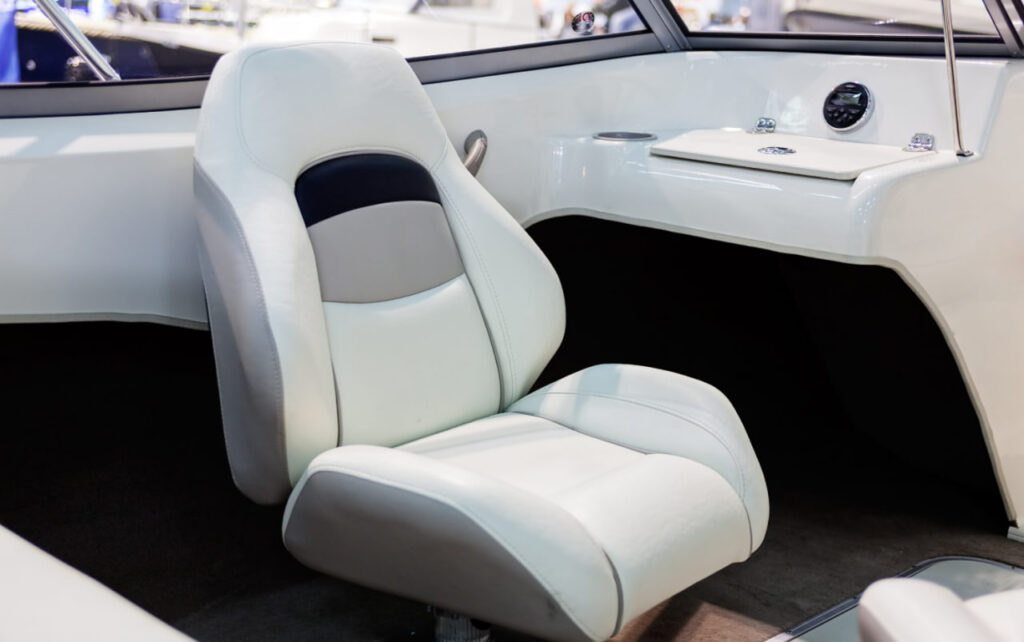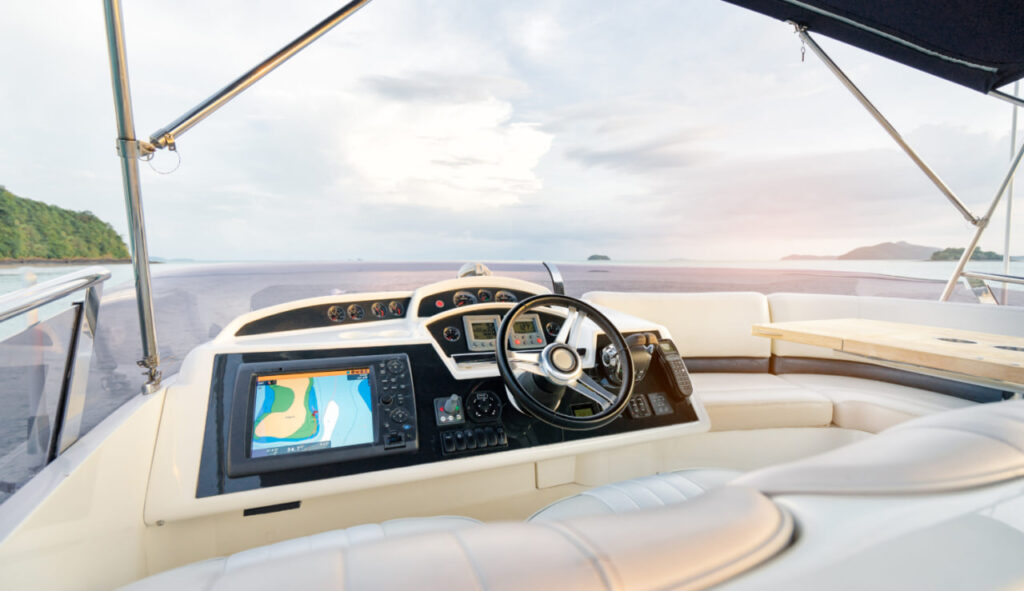Refreshing your boat’s interior upholstery breathes new life into aging seats, panels, and cushions while protecting them from sun damage, mildew, and wear. Whether you pilot a compact runabout or a midsize cruiser, a clear understanding of boat interior upholstery cost lets you plan confidently, avoid unexpected surcharges, and balance style with durability. This guide walks through project scoping, material choices, labor considerations, component-level costs, and practical budgeting all woven into narrative form to keep lists to a minimum.
Defining Your Project Scope
Start by surveying every area that needs attention: helm and passenger seats, side panels lining the cabin, removable cockpit and bow cushions, and any headliner sections or trim surrounds. Snap photos from multiple angles and jot down approximate dimensions. Look for hidden issues sagging foam, loose fasteners, warped frames that often reveal themselves only once old covers come off. A well-documented scope ensures upholsterers include every piece in their estimate, preventing costly add-ons later.

Material Choices and Price Drivers
Materials typically account for half or more of your total upholstery budget. Standard marine vinyl runs about $20–$30 per yard and delivers good UV protection and mildew resistance. Upgrading to premium vinyl with extra UV inhibitors raises that to roughly $35–$50, while solution-dyed acrylic fabrics like Sunbrella command $40–$65 for superior fade resistance and breathability. Specialty options eco-leathers or custom weaves can climb to $60–$90 per yard but offer unique textures and eco-friendly credentials.
Foam cores represent another material line item. Basic polyurethane blocks cost around $15–$25 each, suitable for sheltered seating. In wet or high-traffic areas, high-density closed-cell foam (about $30–$45 per block) prevents waterlogging and mold. Don’t forget thread spools, marine-grade adhesives, stainless snaps or screws, and any small trim pieces together these extras typically add $50–$100 to your material subtotal.
Labor Complexity and Regional Variations
Labor often comprises 40–60 percent of the final bill. Rates vary from roughly $60 per hour in small inland towns to over $100 in coastal boating hubs. Simple bench seats, once stripped of old covers, generally take three to five hours apiece. More intricate dash panels, helm chairs with piping or armrests, and headliners that must be fitted in-place often require six to ten hours each, plus extra time for foam removal, frame inspection, and seam sealing.
Timing also affects labor cost. Peak spring and summer months see upholsterers booked weeks in advance and less willing to negotiate rates. Off-season scheduling in late fall or early spring can yield modest discounts or faster turnaround. If your project spans multiple components, seats, panels, cushions ask about bundled labor pricing, which often trims the per-piece rate.
Component-Level Cost Overview
Breaking down upholstery expenses by category helps you allocate funds wisely. A typical mid-size runabout might cost between $200 and $400 per seat for material and foam, plus $180–$500 in labor, depending on shape and complexity. Side panels and bulkhead inserts usually run $50–$150 for material and $60–$200 for installation per panel. Removable cushions tend to fall between $100 and $300 each for fabric and foam, with an additional $80–$200 in fitting and finishing labor. Headliner sections and decorative trim surround complete the picture at about $75–$200 for materials and $100–$250 for labor.
If you step aboard a larger cruiser or yacht, expect to see higher rates due to wider panels, custom contours, and often thicker foam. Conversely, simple flat panels and inexpensive vinyl on a small skiff will line up at or below the low end of these ranges.
Custom Features and Add-Ons
Personalizing your upholstery elevates function and style but also nudges up costs. Embroidered logos, monograms, or contrasting piping can add $75–$250 per panel. Quick-drain backing cloth or waterproof zippers hands down essential for wet lockers and removable cushions run $10–$25 each. Integrated phone pockets, cup holders, and speaker grills generally land between $20 and $75 apiece. Incorporate only the options that matter most to your daily use or resale appeal to avoid budget creep.
Timing, Lead Times, and Maintenance
Lead times vary by season. In busy months, expect four to six weeks between quote acceptance and project completion. Booking early in the off-peak window often cuts that to two weeks or unlocks special rates. Once your new upholstery is installed, simple maintenance extends its lifespan. Rinse vinyl covers with fresh water after each outing, clean monthly using marine-approved cleaners, and spray on UV protectant quarterly. Proper drying before storage prevents mold growth and keeps future boat interior upholstery cost in check.

Selecting the Right Upholsterer
Your choice of shop or craftsman makes a major difference in quality and cost transparency. Seek out marine upholstery specialists who can share a portfolio of recent projects. Insist on a detailed, line-item quote covering materials, foam, labor hours, and any add-on features. Clarify warranty terms on both craftsmanship and fabrics. Comparing at least three bids helps you gauge fair market rates and pinpoint opportunities for bundled discounts or material substitutions that maintain quality without breaking your budget.
Budgeting and Contingency Planning
To stay on top of your boat interior upholstery cost, build a simple spreadsheet with columns for each component, quantity, material rate, labor hours, and sub-totals. Round up fabric yardage by 10–15 percent for seam allowances and pattern matching. Prioritize your must-have items first, then allocate remaining funds for optional upgrades. Finally, set aside a 10 percent contingency to cover unforeseen repairs, hidden foam damage or frame issues that surface only once the old covers are off.
Conclusion
Boat interior upholstery cost hinges on material selection, labor complexity, project scale, and geographic factors. By defining a clear scope, choosing the right fabrics and foam, timing your project to avoid peak surcharges, and selecting a reputable marine upholsterer, you can transform seats, panels, and cushions within a predictable budget. With thorough planning and straightforward maintenance, your refreshed interior will deliver comfort, style, and lasting durability season after season.



